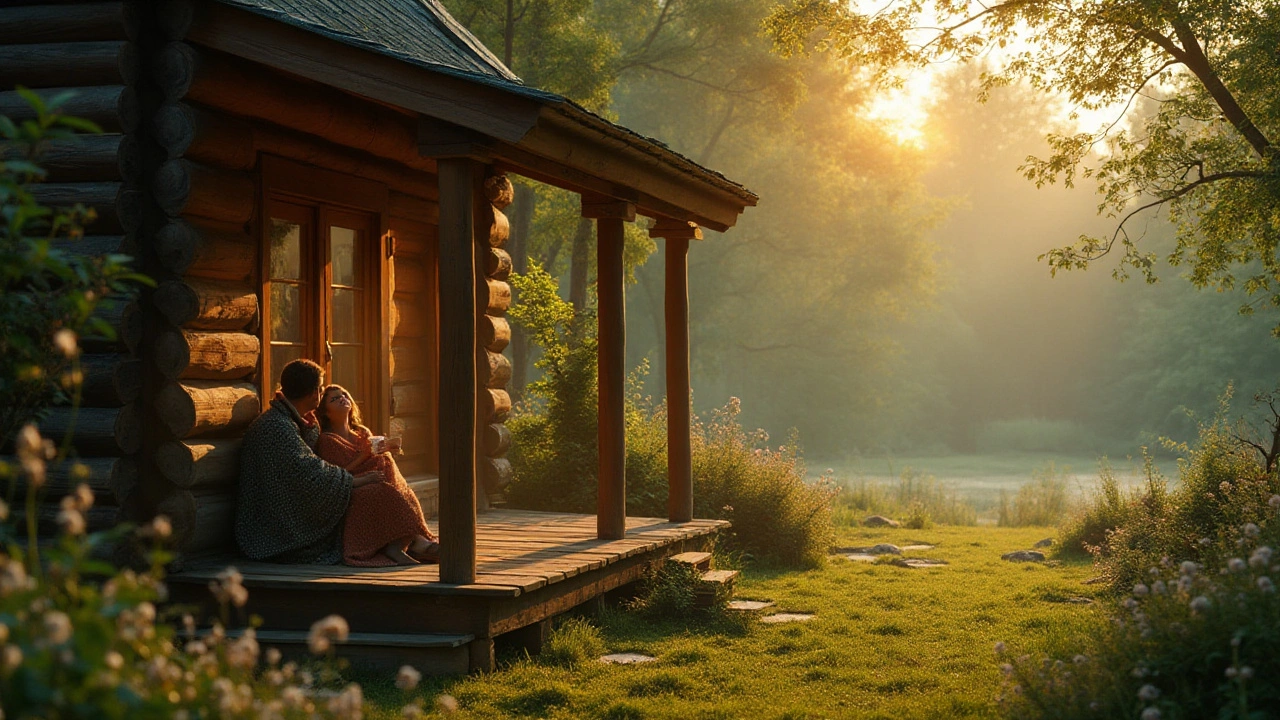
Investment Insights for Holiday Properties and Sustainable Homes
If you’re looking to grow your money while enjoying a getaway, property investment is a solid route. You don’t have to be a billionaire to own a slice of the market—just a good eye for value and a dash of research. Below we break down two areas that consistently deliver returns: vacation rentals in scenic spots like Loch Ness and eco‑friendly homes that attract green‑mindset renters.
Where to Find Value in Vacation Rentals
First, think about locations that already draw tourists. The Highlands, the Scottish lochs, and coastal towns are perfect examples. A cottage near Loch Ness, for instance, can command higher nightly rates during the summer festival season, then drop to a modest price in the off‑season. The key is to balance high‑demand periods with low‑maintenance costs.
Look for properties that come with built‑in perks: free parking, easy access to walking trails, and a view of the water. These features boost appeal without extra spending. The National Trust cottages discount article shows that members can snag better rates, meaning you might acquire a property at a lower price and still charge market‑rate rent.
Another smart move is to target the “cheapest oceanfront property” niche. While the post focuses on the US, the principle applies worldwide—coastal land that’s undervalued today can become prime in five years. Use local data to spot towns where new infrastructure projects are planned; property values usually climb after that.
Finally, don’t overlook hidden fees in all‑inclusive resorts. The “Hidden Fees in All‑Inclusive Resorts” piece reveals that many travelers look for independent rentals to avoid surprise charges. Marketing your cottage as a fee‑free alternative can attract budget‑savvy guests and boost occupancy.
Eco‑Friendly Choices That Pay Off
Eco homes have moved from niche to mainstream, and they’re becoming attractive to renters willing to pay a premium for sustainability. The “Are Eco Homes Expensive?” article breaks down the real cost—most of the price difference comes from energy‑saving appliances and proper insulation, which pay for themselves in lower utility bills.
If you’re building from scratch, the “Most Affordable Homes to Build in 2025” guide lists prefab and modular options that keep construction costs low. Pair those with solar panels and you’ve got a property that attracts green‑focused tenants and qualifies for tax breaks in many regions.
Even smaller investments, like installing a composting toilet on a glamping site (see the “Glamping Toilets Explained” post), can set your property apart. Travelers love the blend of rustic charm and modern convenience, and they’re often willing to tip extra for that comfort.
Remember, sustainability isn’t just about the building itself. Offer recycling stations, bamboo linens, and low‑flow showers. These details create a compelling story you can use in listings, and they often lead to better reviews—something that directly impacts future bookings.
In short, a smart investment blends location, built‑in advantages, and growing trends like eco‑living. Start by scouting high‑traffic holiday spots, negotiate for discounts where possible, and add green features that lower operating costs. The right mix can turn a modest purchase into a reliable income stream while letting you enjoy a weekend getaway whenever the mood strikes.
